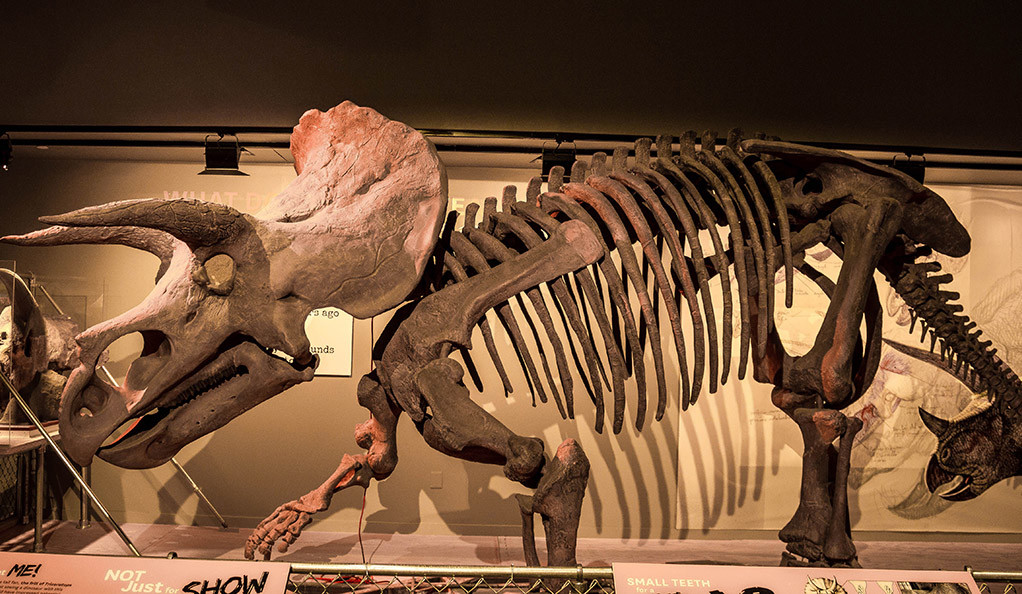Fossil Shells Disclose Both Worldwide Mercury Pollution And Warming When Dinosaurs Became Extinct
Fossil shells disclose both worldwide mercury pollution and warming when dinosaurs became extinct. The influence of an asteroid or comet is accepted as the predominant cause of the mass extinction that terminated most dinosaurs and approximately three-quarters of the planet’s plant and animal genus 66 million years ago.
However, enormous volcanic eruptions in India might have also come up with extinctions. Scientists have for some time now argued the importance of the Deccan Traps eruptions which commenced before the effect and endured on and off for almost a million years accentuated by the impact event.
Presently a University of Michigan headed geochemical scrutinization of fossil marine mollusk shells from worldwide is offering contemporary discernment in both the climate answer and environmental mercury pollution at the time of the Deccan Traps volcanism.
From the similar shell samples, the researchers discovered what seems to be a global indication of both intense ocean warming and emphatically escalated mercury gatherings. Volcanoes are the most extensive natural spring of mercury coming into an atmosphere.
The binary chemical fingerprints commenced prior to the impact event and line up with the beginning of the Deccan Traps eruptions.
When the researchers juxtaposed the mercury level from the archaic shells to accumulation in freshwater clam shells garnered at a current site of industrial mercury pollution in Virginia’s Shenandoah Valley the measures were approximately identical.
Martin Samuel is the senior news reporter for All Go News. Samuel covers Healthcare. He was attracted to Journalism from the time of college. He has previously worked for The Times. He thinks we should be dedicated to synthesizing and integrating knowledge for the progress of healthcare and the benefit of society.


